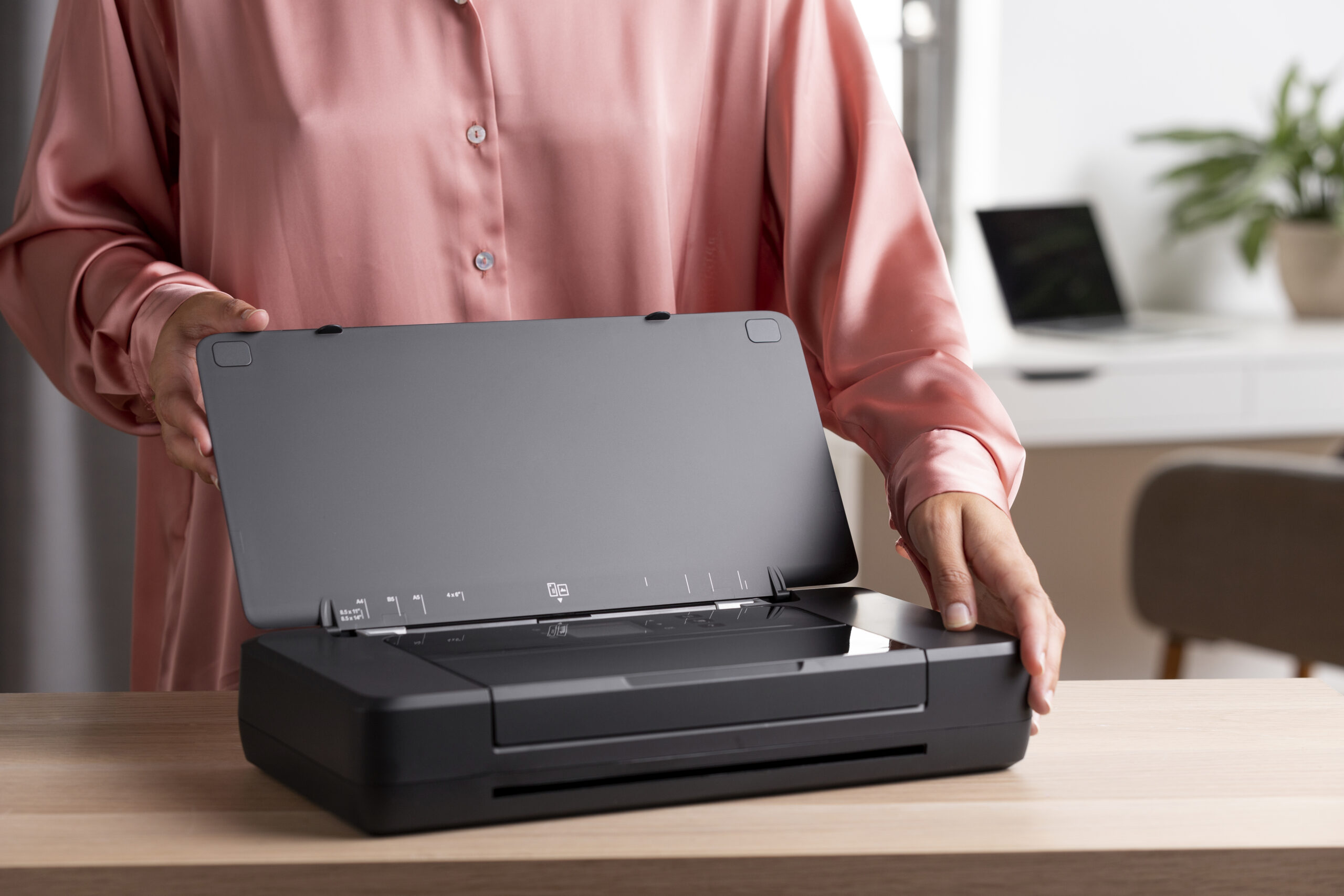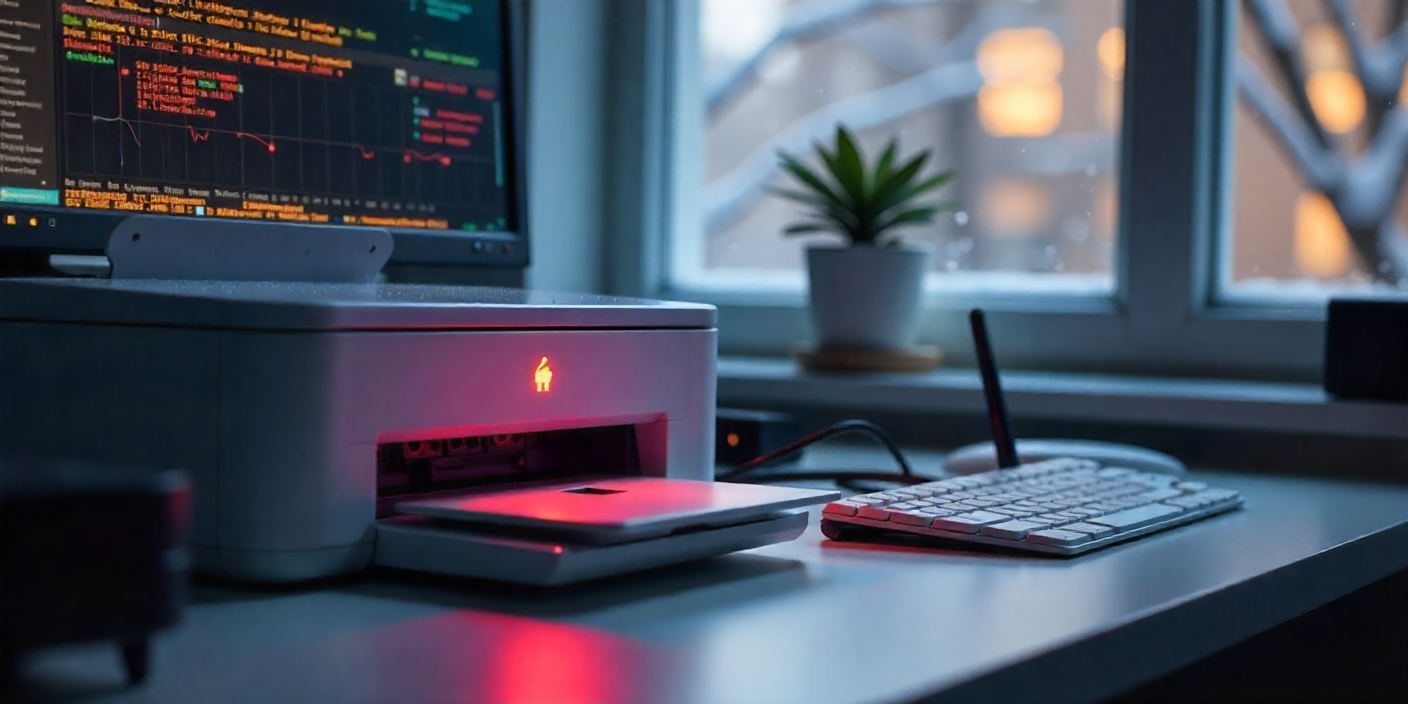Boost Print Quality with Correct Media and Driver Presets

Every printer promises sharp output, yet the real difference comes from two levers you already control: media type and driver presets. The wrong combination causes smudges, faded colours, or pages that curl. The right one produces crisp text, even tone, and reliable duplexing. This guide is brand-neutral, written for homes and small offices, and shows exactly how to choose paper grades, match driver options, and build presets that boost quality without wasting ink or toner.
Why media and presets matter more than you think
Printers rely on instructions: how heavy the paper is, how absorbent it will be, how much ink or toner to release, and how fast the rollers should move. That’s the “media type” setting. Combine it with a preset—quality mode, colour policy, duplex—and you’ve essentially given the printer a recipe. A wrong recipe wastes consumables and forces reprints. A right recipe ensures every sheet looks professional.
Understanding common media types
| Media type | Driver label | Best for | Risk if misused |
|---|---|---|---|
| Plain | Plain/Normal | Everyday documents | Over-inking if heavy stock is used |
| Thick/Heavy | Heavy/Thick | Card, 120–160 gsm | Skew/curl if set too light |
| Matt | Matte/Presentation | Reports, handouts with charts | Dull colours if set as Plain |
| Glossy | Photo/Glossy | Photographs, certificates | Smudge, roller offset on wrong preset |
| Recycled | Recycled | Eco drafts, internal notes | Feed issues if treated as premium |
Driver presets that define quality
- Quality modes: Draft/Economy for notes, Normal for everyday, High for finals.
- Colour policy: Greyscale first, colour only when essential.
- Density control: ±1 step can brighten or save ink without changing fonts.
- Duplex: On for internal packs, off for forms or certificates.
Match media with presets for maximum clarity
Text-heavy reports
- Media: Plain 90–100 gsm
- Preset: Normal + Greyscale + Duplex
- Result: Crisp letters, low show-through
Photo inserts
- Media: Glossy 200+ gsm
- Preset: High + Colour
- Result: Vivid tone, controlled drying
When quality looks wrong (and how presets fix it)
| Symptom | Likely cause | Preset/media fix |
|---|---|---|
| Pages curl | Stock too light but set as Plain | Switch to Heavy/Thick media preset |
| Colours look dull | Matt stock set as Plain | Select Matte/Presentation media type |
| Smudge lines | Glossy treated as Plain | Pick Photo/Glossy + High |
| Faded blacks | Composite black in Colour mode | Force Greyscale preset |
Workflow habits to keep quality consistent
- Preview first: catch layout shifts before wasting stock.
- Batch to PDF: ensures the preset applies across a single file.
- Label presets clearly: “Draft Eco”, “Report Duplex”, “Photo Final”.
- Train staff: show where to select media/preset in the driver panel.

DPI myths vs real-world quality (what actually changes)
“Higher DPI” sounds like automatic quality, but for most documents it’s not the main driver of clarity. Body text at Normal mode on suitable paper is already rasterised with enough precision for sharp edges. Pushing DPI only helps when the content genuinely contains fine tonal transitions (smooth gradients, small photographic details). If your pages look soft, the problem is more likely the media mismatch, a composite black issue, or draft mode on thin paper causing feathering. In other words: set the right media first, then raise quality if the content truly needs it.
- Text and line art: Prioritise crisp media and Greyscale; Normal mode is usually perfect.
- Logos and charts: Use vector artwork or high-resolution PNGs; keep fills light.
- Photos: Increase quality only if you can see banding or posterisation at Normal.
Inkjet vs laser: how media settings behave differently
Inkjet behaviour
- Media type controls droplet size and pass speed.
- Glossy stock needs Photo/Glossy preset to prevent smudge and offset.
- Matt papers love Normal mode for text; High for image-heavy pages.
Laser behaviour
- Media type adjusts fuser temperature and transfer bias.
- Heavy/Thick prevents curl and ghosting on 120–160 gsm sheets.
- Letterhead needs the dedicated preset to avoid toner offset on coatings.
Understanding these mechanics prevents the classic “why does this look fine on one printer and terrible on another?” Media presets are the translation layer between paper and technology.
Duplex without compromises: back-side clarity and alignment
Two-sided printing challenges paper stability. If the first pass lays down heavy ink or toner, the sheet can curl slightly before the flip, leading to marginal misalignment or light banding. Your goal is to keep the sheet flat and the second pass controlled.
- Use 90–120 gsm matt for duplex reports containing charts.
- Prefer Normal quality for back-to-back text; High is for finals and photos.
- Avoid borderless unless officially supported for duplex paths.
- Reduce large solids near the binding edge; they exaggerate curl.
Storage, humidity, and flatness: media care that protects quality
Paper is a living material; it exchanges moisture with the room. Too dry and static builds, causing misfeeds and skew. Too humid and fibres swell, causing waves that reduce sharpness. Controlled storage avoids both extremes and keeps duplex alignment consistent.
- Seal reams not in active use; store flat on a shelf, not the floor.
- Acclimatise new reams in the print room for a few hours before big jobs.
- Flip and fan the stack to release static and separate sheets.
- Rotate stock (first-in, first-out) to avoid stale, curled reams.
Advanced driver options: when to use and when to skip
Drivers expose niche toggles that can help, but only when the symptom matches.
| Option | Use it when | Why it helps | Skip if |
|---|---|---|---|
| Edge smoothing/anti-alias | Small fonts look jagged | Refines edge pixels | Text is already crisp on proper media |
| Black overprint | Logos knock out oddly | Prevents white halos around black | Pure text jobs; no composite issues |
| Toner save/ink save | Internal drafts | Reduces laydown uniformly | Finals or small type at tiny sizes |
| RGB/CMYK rendering intent | Photos shift in tone | Controls mapping of colours | Text-only pages |
Keep your baseline simple. Only add advanced toggles when a problem clearly maps to the option’s purpose.
Preset library you can copy (name them exactly)
Everyday – Greyscale Duplex
- Media: Plain 90–100 gsm
- Quality: Normal
- Colour: Greyscale
- Duplex: On (Long-edge)
- Use: All internal text packs
Reports – Thick Duplex
- Media: Heavy/Thick (for 100–120 gsm)
- Quality: Normal
- Colour: Greyscale
- Duplex: On
- Use: Client-facing reports with tables
Charts – Matt Colour
- Media: Matte/Presentation 100–120 gsm
- Quality: Normal or High (if gradients matter)
- Colour: On, limited palette
- Duplex: On for packs
- Use: Handouts with light colour fills
Photo Final – Glossy
- Media: Photo/Glossy 200+ gsm
- Quality: High
- Colour: On
- Duplex: Off
- Use: Certificates, photo inserts
Name presets clearly and pin them as favourites. Clarity beats guesswork in busy teams.
Case studies: fast wins from correct media & presets
1) Dull charts on decent paper
Before: Plain media on 100 gsm matt; colour looks muted. After: Switch to Matte/Presentation media; Normal quality. Result: Brighter tone without raising density, and no extra ink waste.
2) Curl on duplex reports
Before: Duplex on 80 gsm at High quality; second pass shows waves. After: Move to 100 gsm Heavy preset; Normal quality. Result: Flat pages, aligned backs, no show-through.
3) Smudge on glossy certificates
Before: Treated as Plain; text offsets along the feed. After: Photo/Glossy media; High quality; single-sided. Result: Crisp blacks, clean edges, no roller marks.
Maintenance & calibration: protect quality at the source
- Weekly: Print a one-page test; keeps inkjets flowing and spots banding early.
- Monthly: Wipe feed rollers with a lint-free cloth; prevents slip marks on duplex.
- Quarterly: Firmware update; many quality and path fixes ship quietly.
- As needed: Alignment/nozzle checks when text shows double edges or gaps.
Small-office SOP: quality without drama
- Publish three presets (Everyday, Reports Thick, Photo Final) with a diagram near the device.
- Default to Greyscale Duplex; override intentionally for colour or glossy needs.
- Use approved templates with readable sizes and light table fills.
- Queue watch: one person checks the print queue panel at day-end.
This structure turns quality from “tribal knowledge” into a repeatable habit anyone can follow.
Mini glossary (plain English)
| Term | Meaning |
|---|---|
| Media type | The paper profile in the driver; tells the printer how to apply ink/toner and how fast to feed. |
| Composite black | Black built from colour channels; can make text look grey and drain colour cartridges. |
| Duplex | Printing both sides of a sheet; relies on stable paper and correct presets. |
| Matt vs Glossy | Matt is uncoated for reading; glossy is coated for photos and certificates. |
| Density | How much ink/toner is laid down; small tweaks change darkness and drying. |
Bottom line: presets create predictability
Start with the right media type for the paper in your tray, then apply a named preset that matches the job’s goal. Normal quality on 90–120 gsm matt handles the majority of documents with crisp text and clean duplex. Reserve High quality and glossy stock for important finals. With storage under control and simple maintenance, your prints will look professional, repeatably—without reprints or surprises.
Guide Axis provides brand-neutral education only. No remote access, repairs, or warranty services.
FAQs
Why does the media type setting matter so much?
It tells the device how much ink/toner to apply and how fast to move the sheet. Wrong settings cause curl, smudge, or faded colours.
Can I just leave everything on “Plain” paper?
Only for standard text. For heavier or coated stock, “Plain” will either over-ink or under-fuse, leading to reprints and wasted stock.
What’s the safest preset for daily office use?
“Normal + Greyscale + Duplex” on 90–100 gsm paper. Balanced cost, sharp text, and reliable feed.
Why do blacks sometimes look grey in Colour mode?
Because the driver may build “composite black” from CMY channels. Force Greyscale to keep text on the black cartridge only.
Do recycled papers reduce quality?
Not if you select the Recycled preset and keep stacks sealed and flat. Many modern recycled stocks print as cleanly as new paper.
How can I make staff actually use presets?
Save presets with clear names and publish a one-page guide near the device. Make the default “Everyday Saving” so they rarely need to switch.
